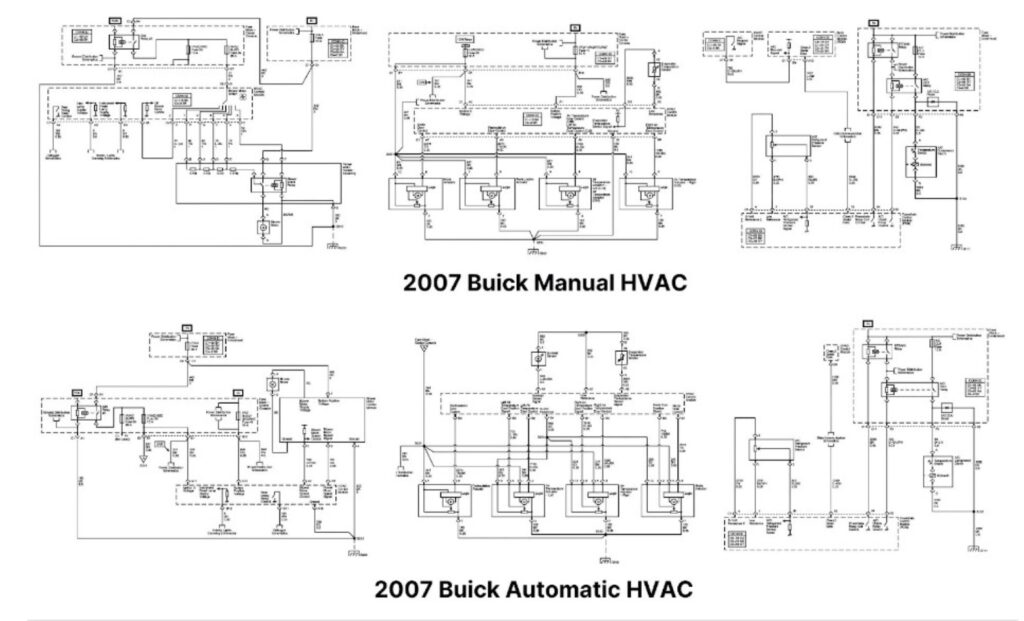Climate control is a feature in newer vehicles that regulates the car’s cabin temperature in a more precise and intuitive manner. This system allows passengers to get their desired temperature easily since it involves simply setting their desired temperature in the cabin while the climate control does the rest.
What Does Climate Control Mean?
Climate control is the term used by car manufacturers to refer to air-conditioning (A/C) systems that can manage cabin temperatures easily and precisely. Many vehicles come with climate control straight from the factory. However, some manufacturers might only offer climate control in their higher-trim models.
What’s the Difference Between Climate Control and Air-Conditioning?
Climate control and A/C are terms that are used interchangeably, but they have nuanced differences. Both systems cool air using a refrigerant that passes through a compressor, condenser, and evaporator. They also heat air similarly by drawing hot coolant from the engine and passing it through a heater core, which heats up the air pumped into the cabin. The main difference between climate control and A/C systems is how they’re controlled.
Vehicles without automatic climate control A/C systems typically have only a mode selector, a fan speed and thermostat knob to control the cabin temperature. The fan speed knob typically has four numbered settings, with the higher setting blowing more air through the vents. The thermostat knob’s position is typically proportional to the maximum amount of cooling or heating that the A/C system can provide. The mode selection knob allows the driver to direct the air to the floor or defrost as needed.


Some A/C systems might feature temperature markers on the knob, but most systems just have red and blue zones on the dial, with red usually meaning hot and blue meaning cool.
While these inputs allow passengers a decent level of control over cabin temperature, it doesn’t allow them to reliably set the exact temperature they want. If a passenger wants to have a cabin with a temperature of 68°F after entering the vehicle on a hot summer day, they might initially max out the fan and thermostat to immediately cool the cabin. After several minutes, they’ll need to modulate the fan and thermostat settings because the cabin will be too cold. Passengers might need to do this several times until their ideal cabin temperature is achieved.
Climate control systems rely on computerized inputs instead of using analog knobs. Rather than having a controller that sets the cabin to an unclear temperature, a climate control system allows you to set a specific temperature. They will occasionally be in half-degree increments, ranging from roughly 60 to 86 degrees Fahrenheit.
Climate control systems typically have an auto function that allows the system to set the fan speed at the necessary level to achieve the set temperature. Some vehicles even allow passengers to set the climate in their part of the cabin, allowing them to set different temperatures depending on their preferences. Overall, climate control systems are superior to traditional A/C systems since they allow passengers to control the A/C system more precisely and conveniently.
Manual and Automatic Climate Control

The two schematics shown here are a comparison between the manual HVAC and automatic HVAC on a 2007 Buick Rendezvous. The main difference is the control head and the extra sensor inputs it uses to maintain the temperature selected by the driver. Some European HVAC systems even measure humidity.
Automatic HVAC also provides a lot more fan speeds (higher resolution) than just the three or four speeds provided by manual HVAC systems. But even the most rudimentary manual systems will have an electronic blend door actuator for better temperature regulation.
Any information provided on this Website is for informational purposes only and is not intended to replace consultation with a professional mechanic. The accuracy and timeliness of the information may change from the time of publication.



























